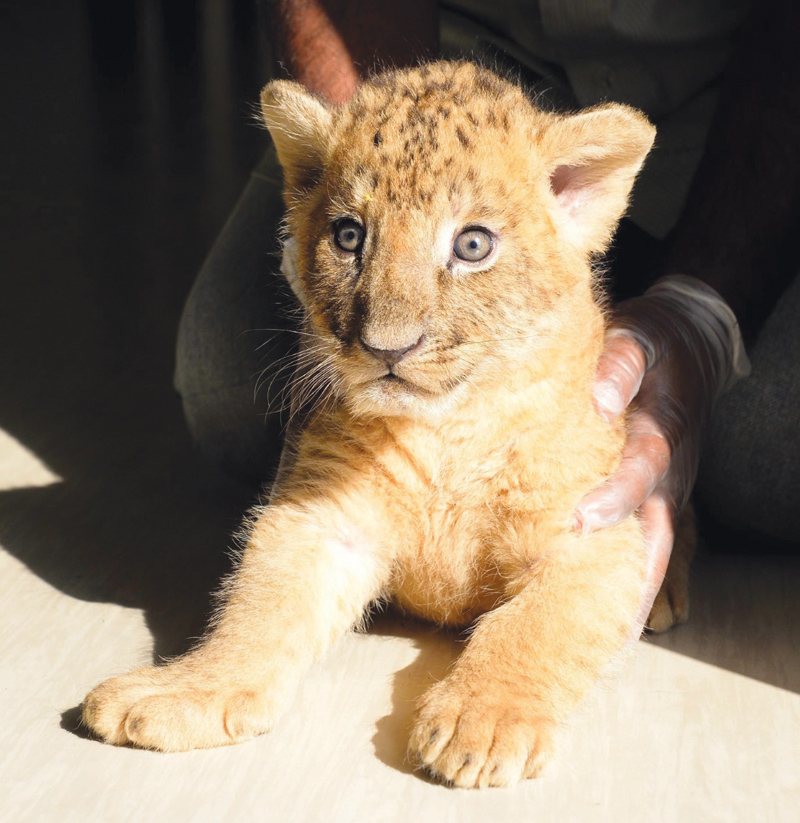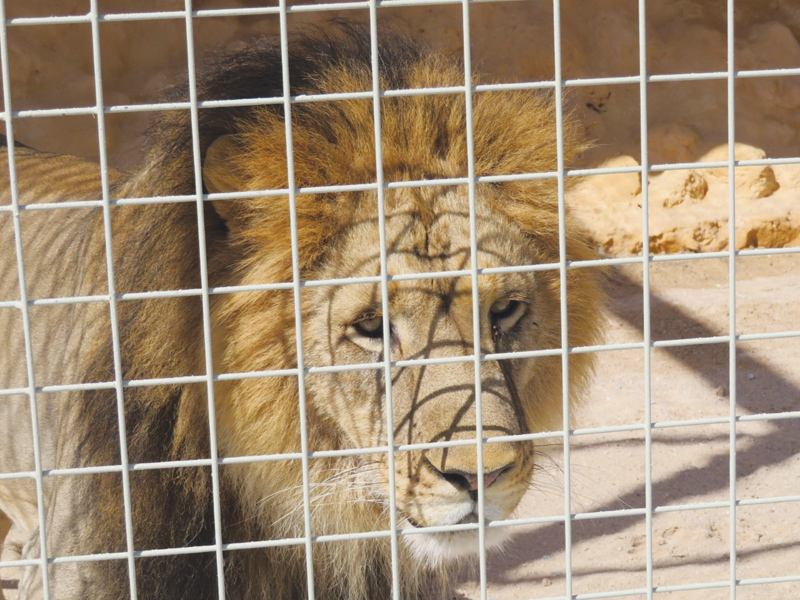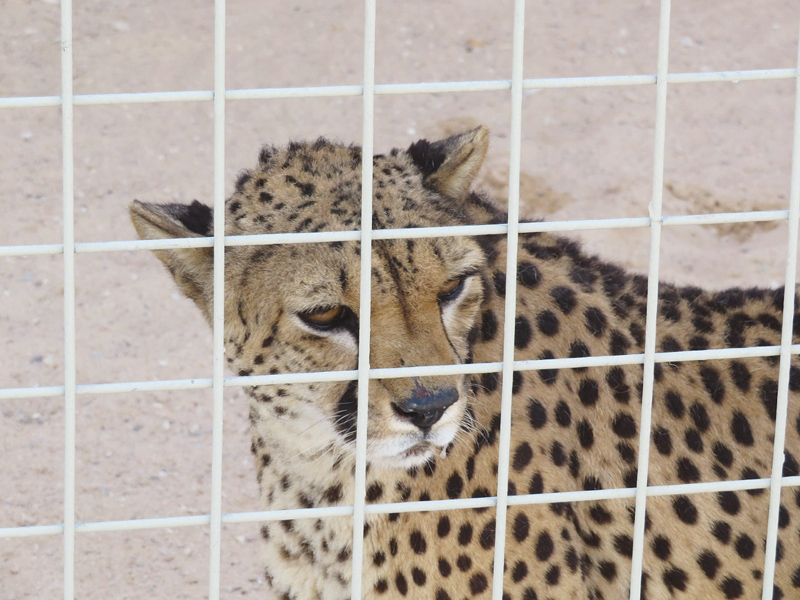
UPDATE: A reader informed us that they have started chraging entrance fee of QR15 for adults and QR10 for kids. We have edited the story accordingly. When The Peninsula visited last week it was free.
Bored at home and looking for activities for the family at the weekend? Well, the Mini Zoo at Al Khor Family Park is now safely receiving visitors following COVID-19 measures. Visitors must show their Ehteraz status (which must be green) at the entrance and are encouraged to maintain social distance inside the facility.
The park opens from 5am to 12 midnight; however, the Mini Zoo receives visitors from 8am to 6pm, according to a park official.
The official said that the park was reopened following the gradual lifting of COVID-19 restrictions on parks. “Security personnel was deployed to ensure the implementation of COVID-19 measures like maintaining social distancing and preventing children from touching game surfaces,” the official noted. He said that the facility is being disinfected regularly for visitors and park management’s health and safety.

A newly-born African lion cub in the Mini Zoo has also added a new attraction for visitors, especially children. According to a statement issued by the Public Parks Department at the Ministry of Municipality and Environment (MME), the cub, born last month, is receiving necessary veterinary care and artificial feeding.
“So far, the cub is not put in the tiger section to make available always for visitors. However, zookeepers bring it to the section for visitors, especially during the weekend from 4pm to 5pm. Once all sections and services of the Park are restored, the timing and other things will be set in a better way,” said the official.
In May this year, the Mini Zoo witnessed an Arabian wildcat’s birth, one of the most threatened wildcats’ subspecies. This cat is endemic to northern Oman and parts of the Arabian Peninsula. Its habitat is in semi-desert areas with rocks and shrubs.
The Mini Zoo provides an opportunity for visitors to see their favourite wild animals up close. However, animals are kept in specially-designed cages for the safety of the animals and visitors. Some animals can be fed by visitors adhering to specific rules and regulations.

The lion and tiger section, which houses the African lion, Bengal tiger, white tiger, black jaguar, and cheetah, has emerged as one of the major attractions for visitors.
“The Mini Zoo is special in many ways. I have visited many zoos, but I have never seen this size of a lion available here in the Mini Zoo. I saw the lion in its cage from a distance of about one metre. He roared near a minute, it was an amazing feeling,” said a visitor, Mohamad Abdulbari, who hails from Bangladesh.
“The most impressive moment for my daughter during our last family visit to the Mini Zoo was interacting with animals and feeding them,” Abu Lulu, a Lebanese national, told The Peninsula.
Abu Lulu said that “the zookeeper gave some green fodder to my daughter to feed a giraffe, which is an unforgettable memory for her.”
“We saw many wild animals like lion, tiger, monkey, rhinoceros, crocodiles and many species of birds,” added Abu Lulu.
He said that the visit was a fantastic experience for him and his wife and the children, noting the family plans to revisit as soon as he gets free time.
In February this year, the management added seven new animal sections to the Mini Zoo after the renovation, housing 315 children’s favourite animals of 49 species.

The zoo has an Asian bear, two African lions, two Bengal tigers, two white tigers, two black jaguars, two cheetahs. The monkey section includes two chimpanzees, 12 baboons, 16 vervets, 12 cappuccinos, and three rhesuses. The crocodile pond has three Nile crocodiles. Two giraffes, a rhinoceros, an Asian cat, and a wild cat have been added to the zoo.
Seven birdcages have been added, containing two Macau birds (yellow and blue), 10 African Casco birds, 20 lovebirds, 20 wild birds, six Amazon birds, and eight Indian parrots. The waterfowl birds without cages in the large birdcage include eight flamingos, 12 ibises, 22 white geese, 12 white ducks, six Ethiopian chicken, and 24 Indian peacocks.
There were seven zebras, 26 gazelle deer, five African ostriches, five Australian ostriches, five dwarf goats, four sika gazelle, 12 rare pygmy monkeys of six species already residents before renovation. The zoo has specially designed barns, and an artificial lake has been developed for crocodiles allowing close-up access for visitors.
The giraffe’s barn is designed so that a visitor can interact and take memorial photos by feeding the giraffes. The bear is placed inside an open barn with a glass insulator that allows the visitors and people with special needs to view it closely. Wild cats’ section is also designed for visitors to view at a distance of 1.5 metres. The Monkeys’ area has five barns through which they can be seen at a distance of 1.5 metres.
Meanwhile, water birds are seen from the bridge, while other birds can be viewed by walking on the bridge in the large cage.









